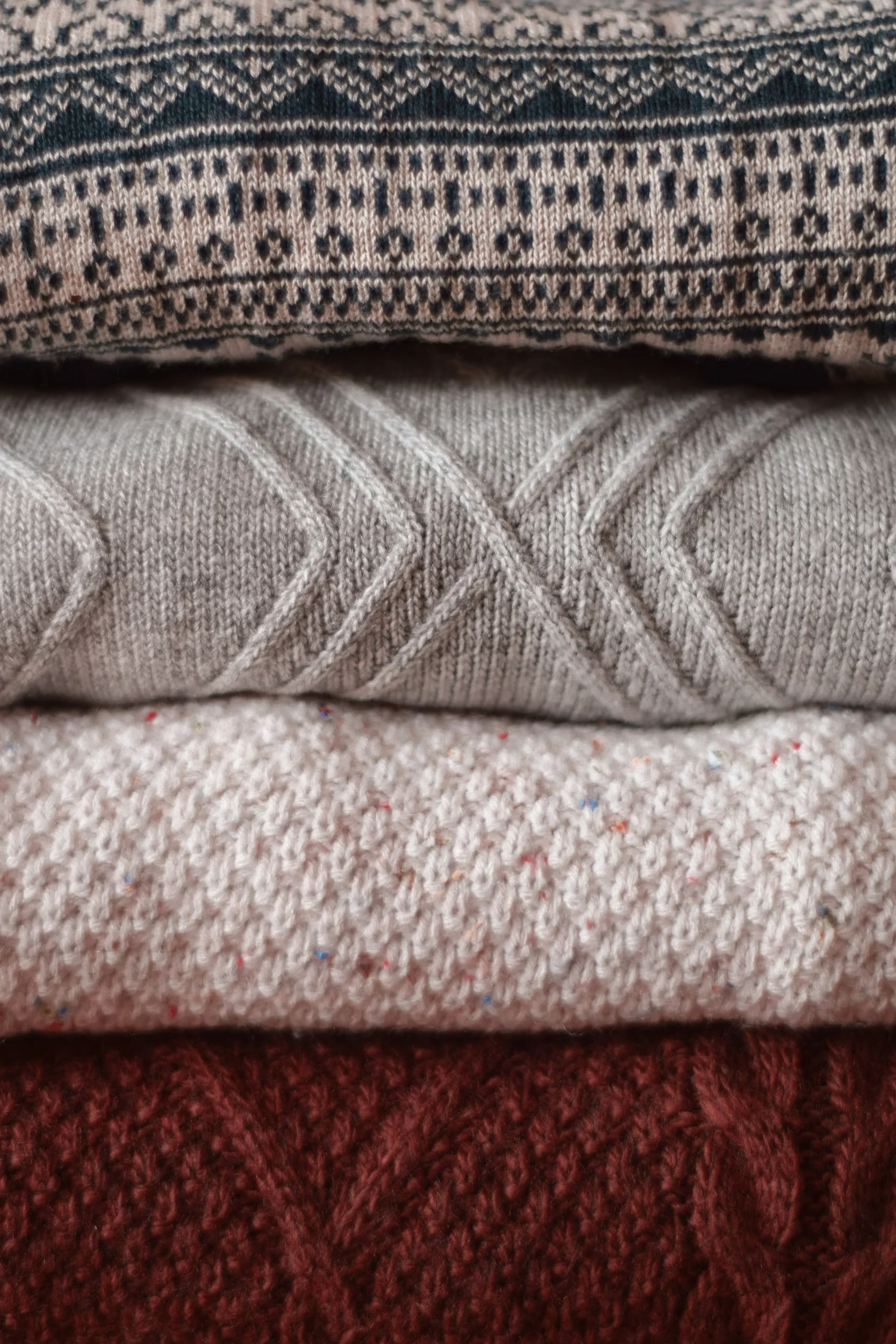Contrary to the name Ad Blue is a clear, colourless non- toxic liquid. It’s added to certain diesel vehicles which are fitted with selective catalytic reduction or SCR technology to reduce emissions and treat exhaust gas. Ad Blue is often rumoured to be made out of pigs urine however this is untrue. This rumour comes from it being a 32.5% solution of pure urea in mineralised water which is something that is found in urine although in much lower concentrations.
What Is It Used For
In the automobile industry, one of the greatest challenges is reducing emissions. New Exhaust standards that have been introduced to look at the reduction of c02 emission levels and reduction in nitrogen oxides. Nitrogen Oxides pollute the air causing smog, acid rain and are believed to contribute to respiratory issues.
How Does It Work
The Ad Blue Is Fed Into The Exhaust And Reacts to the nitrogen oxide gas which is produced during combustion, removing polluting elements of the exhaust gas turning it into harmless. Nitrogen, oxygen and water. This doesn’t only reduce the number of emissions produced but also allows your vehicle to pass more strict standards that have been put in place. This process is known as selective catalytic reduction and is only used in diesel engines.
How Do I Know If My Vehicle Takes Ad blue
Ad-Blue Is Only Used In diesel-powered vehicles fitted with an SCR System Firstly It’s worth looking for an ad blue filler cap which is usually located next to the fuel cap, In the boot or under the bonnet. If your vehicle is newer it will most likely need ad blue. Some times the vehicle’s model may include the word blue or SRC in the name to indicate.
How Is AdBlue Stored
Ad Blue should be stored out of direct sunlight between -6°c and 25°c in a clean and sealed container or dispensing unit out of direct sunlight. it is possible for Adblue to freeze at -11°c, so it’s important to be stored in an area that is not below this however if frozen it is possible to be thawed and then re used. Storing it in the wrong equipment or condition can lead to spills or contamination as the solution contains ammonia which is corrosive to some metals such as coppers. Ad Blue can only be stored in high density polyethylene , polypropylene or stainless steel containers. Storing it in the wrong equipment may result in costly damage to your vehicle due to contamination, which can result in SCR-catalyst replacement.
Ad-Blue Contamination
Ad-Blue should be stored out of direct sunlight between --6°c and 25°c in a clean and sealed container or dispensing unit out of direct sunlight. It is possible for Ad-blue to freeze at -11 Celsius so it is important to be stored in an area which does not fall below this however if frozen it is possible to be thawed and then reused. Storing it in the wrong equipment or condition. As Ad-blue flows through the system, it will corrode many metals such as steel, iron, brass, aluminium & zinc. The entire fuel system will need to be replaced. Ad-blue will crystallise when exposed to air, any signs of crystal in either your diesel tank or a fuel sample are proof of ad blue contamination. If ad blue is mistakenly added to the tank, do not turn the key, drain the tank immediately and clean with warm water. let it dry completely and if it’s free of crystals it can be used again.
We sell our Ad Blue in 1000 Litre IBCs or 200-litre barrels to order Contact us via our request a quote form/ live chat or alternatively phone us on 01360 660264. For commercial use, we offer a range of Ad Blue Dispensary Tanks as shown below













